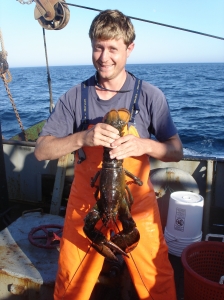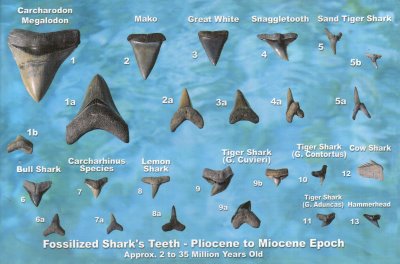No one can deny that cephalopods are smart and elusive creatures, and here is yet another example that proves the point. Scientists at Marine Biological Laboratory in Woods Hole, MA did experiments on the axons of the longfin inshore squid and were excited to see a vibrant color-changing spectrum of the squid’s brown, red, and yellow chromatophores. The chromatophores each have muscles that contract when stimulated revealing the pigment below. Check out this video from Backyard Brains to see the results {Fair warning: wear headphones if you’re in the office!}.
Also, you can check out this video to learn more about the cockroach leg stimulus protocol they used for the experiment.

















What people are saying …